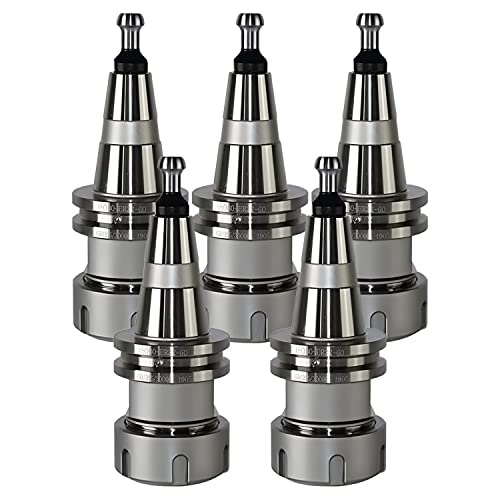As someone who has machined gears out of plastic, and has 3d printed gears in plastic, I can offer one person's first-hand experience: the printed gears do not hold up well, while the gears I've machined out of plastic have held up just fine.
My experience is based on 3d-printing gears out of ABS and PETG, with many variations of perimeter and infill settings and different layer heights. The gears in question have been module 2 gears (so, somewhat larger - not tiny) and experience a fair bit of stress. Infill has not been the problem; rather, the teeth strip too easily. I have attempted to 3d-print these gears out of nylon, hoping they would hold up better, but have not been successful in keeping the nylon print from warping. (One of these days I'll make an enclosure and try again ....) I also have some POM filament (trade name Delrin), but it warps even more than the nylon, so again, waiting on an enclosure.
Obviously there is success to be had in some applications, since many 3d extruders use printed gears. It may be that have succeeded even with gears undergoing a greater stress than in an extruder, and if so, I will be very eager to hear about it - I'd like to know how to achieve success!










![TurboCAD 2020 Designer [PC Download]](https://m.media-amazon.com/images/I/51UKfAHH1LL._SL500_.jpg)
























![DreamPlan Home Design and Landscaping Software Free for Windows [PC Download]](https://m.media-amazon.com/images/I/51kvZH2dVLL._SL500_.jpg)

































